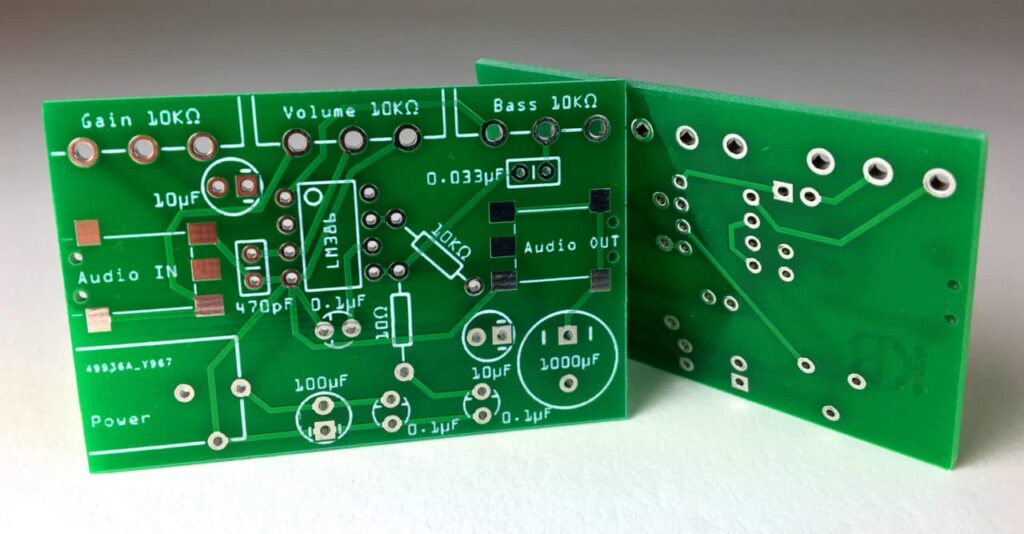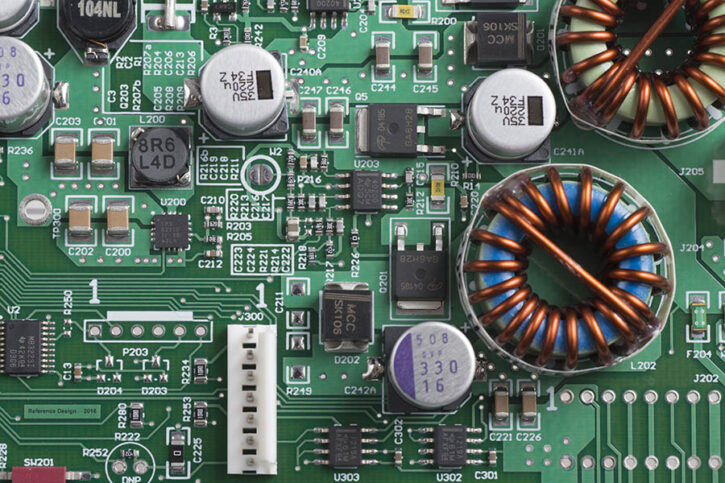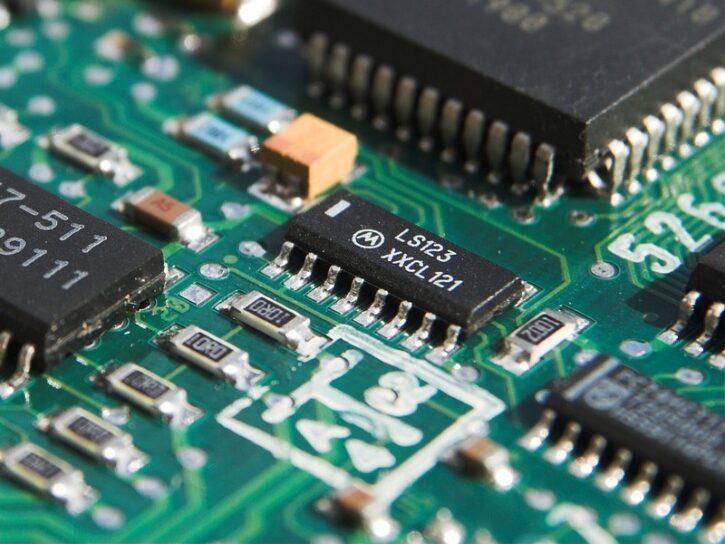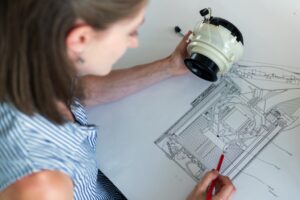
Source: circuitbasics.com
PCB design has become an important process in the electronics industry. With so many devices and systems relying on PCBs, it’s important to have a degree in this field. However, not all degrees are created equal when it comes to its design. In this blog post, we will discuss the differences between a degree in PCB design and other related fields. We will also recommend a degree that is best suited for someone looking to enter the field of PCB design.
What is a PCB?
PCB or a printed circuit board is essentially a way to connect electronic components together so that the devices can work as a unit. They come in all shapes and sizes, but the most common type is the small, lightweight board that you might see in an electronics kit.
In order to design them, you need a degree in electrical engineering or a related field. There are also certification programs available that will let you design PCBs without having any prior experience.
Types of PCBs

The types of PCBs you can create depend on the type of circuit you’re building. You can make basic PCBs using just a few simple parts, or you can create more complex boards that include multiple boards and dozens or even hundreds of individual components.
If you’re starting out, you can typically use simpler PCBs that include just one or two parts. As you become more experienced, though, you may want to consider more complicated boards that include multiple layers and dozens or even hundreds of components.
There are a few things to keep in mind when designing them:
- Make sure all the parts fit properly on the board – mistakes here can lead to problems down the line.
- Choose the right materials – some materials are better suited for certain types of circuits than others.
- Test your prototypes often – if something goes wrong with your design, it’s important to be able to find and fix it quickly.
Requirements for Producing PCBs

There is no universal answer when it comes to the qualifications you need to design PCBs, as the degree you need will depend on your particular background and experience. However, some general requirements for PCB design include having a strong understanding of electrical engineering principles and proficiency in CAD software. Additionally, it can be helpful to have knowledge of manufacturing processes and tooling, as well as experience working with surface mount technology (SMT).
Wrapping Up
In short, a degree in electrical engineering is required to design and build printed circuit boards. However, there are plenty of opportunities available after completing your degree that will allow you to work in the PCB industry. Whether you want to specialize in one area or move between different disciplines, a career in PCB design is an option that should be explored. So if electrical engineering sounds like the right course for you, don’t wait any longer – get started on your education today!









